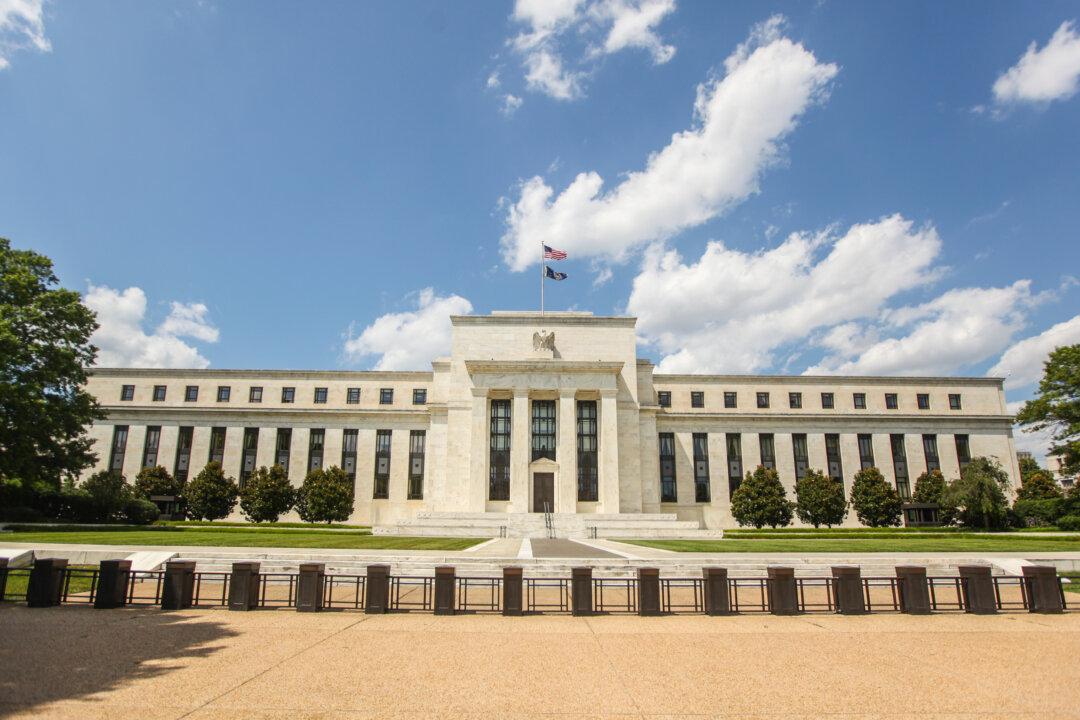According to a very crude estimate, total capital outflows from China could have been as high as $850 billion from the start of 2015 to the end of September.
This estimate assumes China had to sell foreign exchange reserves ($329 billion to the end of September, mostly in U.S. Treasurys) to keep the exchange rate stable. Normally capital flight leads the exchange rate to depreciate. Private sellers of dollars demand a higher price for dollars before they would agree to buy up the excess quantity of yuan in international markets. By selling foreign currency reserves, China artificially stabilized the exchange rate, but you can quantify outflows by looking at the number of reserves sold.
The final number of reserves sold to prop up the exchange rate is the sum total of all foreign exchange movement going in and out of China. If it’s negative, there is money flowing out, if it is positive, there is money flowing in. Here, it is important to distinguish between capital flows and trade flows.
Trade flows show how competitive an economy is in the production of goods and services. Capital flows show how investors view the risks and returns in that country.
So if there is a lot of money flowing in through trade and China still sells reserves to prop up the exchange rate, it means for every trade dollar earned more investment dollars are leaving the country. In the past, this was the opposite. Trade dollars stayed in China and there was more money coming after it.
The trade surplus to the end of September 2015 was $426 billion. Another $94 billion came in through foreign direct investment over the same period. Again, if there is a dollar of foreign direct investment coming in and China sells reserves to keep the exchange rate stable, this means another investment dollar (or more) left the country.






